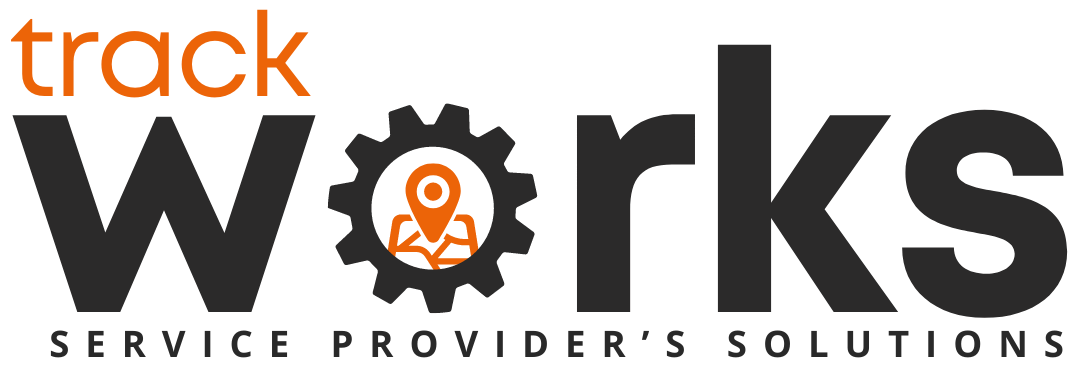5 Scheduling Mistakes That Slow Down Field Service Businesses
In field service management, scheduling is at the heart of everything. Whether you’re coordinating technicians for HVAC repairs, dispatching crews for utility work, or managing preventive maintenance, your schedule is the engine that keeps your business running smoothly. Yet for many service companies, scheduling is also where the biggest mistakes happen—and those mistakes cost both time and money.
Poor scheduling doesn’t just create chaos behind the scenes; it also impacts customer satisfaction, technician performance, and long-term profitability. Let’s explore five of the most common scheduling mistakes that slow down field service businesses—and how to fix them.
1. Overbooking Technicians
One of the most frequent mistakes is trying to pack too many jobs into a technician’s day. While it may seem efficient at first, overbooking creates ripple effects:
- Delays: When one job runs long, it throws off the entire schedule.
- Frustrated customers: Missed appointment windows hurt customer trust.
- Burned-out staff: Constantly rushing leads to lower morale and higher turnover.
Example: Imagine a technician with eight jobs lined up across town. A single unexpected repair could push the rest of the day off track, forcing reschedules or disappointing customers.
Solution:
Adopt a realistic workload strategy that accounts for travel time, job complexity, and potential overruns. Many modern field service systems allow you to set time buffers between jobs, so schedules reflect reality—not wishful thinking.
2. Ignoring Travel Time and Routing
Another common mistake is underestimating how much time technicians spend on the road. If schedules don’t account for distance or traffic, your team will waste valuable hours driving instead of serving customers.
- Result: Technicians spend more time commuting than completing jobs.
- Impact: Higher fuel costs, lost billable hours, and frustrated employees.
Solution:
Implement route optimization tools that automatically map the most efficient paths between jobs. These systems consider traffic patterns, technician locations, and job urgency to cut travel time dramatically.
Companies that adopt route optimization often see a 10–20% increase in daily completed jobs simply by scheduling smarter.
3. Lack of Real-Time Adjustments
Schedules rarely survive the day unchanged. Emergencies happen, jobs take longer than expected, or customers cancel at the last minute. Businesses that rely on static schedules—often managed in spreadsheets or on whiteboards—struggle to adapt.
Impact of static scheduling:
- Delays cascade across the entire team.
- Dispatchers scramble to find available technicians.
- Customers are left waiting without updates.
Solution:
Use real-time scheduling and dispatch tools that update automatically as conditions change. For example, if a technician finishes a job early, the system can instantly reassign them to the next nearby appointment.
Real-time adjustments also keep customers informed, sending updates about new arrival times or changes in their service windows. This transparency builds trust and reduces frustration.
4. Poor Communication Between Dispatchers and Technicians
Even the best schedules fall apart without clear communication. Many businesses still rely on phone calls or text messages to relay updates, which often leads to missed messages or confusion.
Consequences:
- Technicians show up unprepared for the job.
- Dispatchers waste time repeating instructions.
- Customers receive inconsistent information.
Solution:
Centralize communication with mobile-friendly scheduling software. With one shared platform, technicians receive updated job details, notes, and customer history instantly. Dispatchers can see technician progress in real time, reducing back-and-forth calls.
Clear communication improves first-time fix rates, since technicians arrive with the right information and tools to complete the job correctly.
5. Failing to Prioritize Jobs
Not all jobs are equal. Emergency repairs, high-value contracts, and loyal long-term customers often require higher priority. Without a system for prioritization, technicians may waste time on low-impact jobs while urgent requests are delayed.
Problem:
- Urgent jobs don’t get addressed quickly enough.
- High-value customers feel undervalued and may leave.
- Resource allocation becomes reactive instead of strategic.
Solution:
Implement a priority-based scheduling system that ranks jobs based on urgency, customer importance, and contract obligations. This ensures the right technician is dispatched at the right time, keeping customers satisfied and contracts fulfilled.
The Business Cost of Scheduling Mistakes
When these mistakes pile up, they create more than just operational headaches—they erode the bottom line. According to industry studies:
- Poor scheduling can reduce technician productivity by up to 25%.
- Missed appointments and delays lead to customer churn rates as high as 30% in competitive markets.
- Companies that adopt smart scheduling tools often see a 15–20% boost in profitability within the first year.
In other words: scheduling isn’t just a back-office task—it’s a business-critical function.
How to Fix Scheduling for Good
To move past these challenges, companies need to adopt modern scheduling practices that prioritize efficiency, flexibility, and transparency. Here’s a roadmap:
- Go Digital: Replace spreadsheets and paper-based systems with scheduling software.
- Leverage Automation: Let the system handle repetitive tasks like dispatching and route planning.
- Enable Mobility: Equip technicians with mobile apps so they always have up-to-date schedules.
- Use Real-Time Data: Keep both dispatchers and customers informed as conditions change.
- Review & Refine: Analyze schedule performance regularly to spot bottlenecks and improve processes.
Final Thoughts
In field service, every minute counts. Scheduling mistakes may seem small, but over time, they lead to wasted resources, unhappy customers, and lost revenue. The good news? With the right tools and strategies, these mistakes are completely avoidable.
Field service businesses that embrace smarter scheduling not only improve efficiency—they also create better experiences for their customers and employees alike.
At Track Works, we believe scheduling should be a source of strength, not stress. By helping companies optimize their scheduling processes, we’ve seen firsthand how small changes lead to major improvements in productivity, customer satisfaction, and profitability.
The takeaway: Avoiding these five mistakes isn’t just about saving time—it’s about setting your business up for sustainable growth.




No responses yet